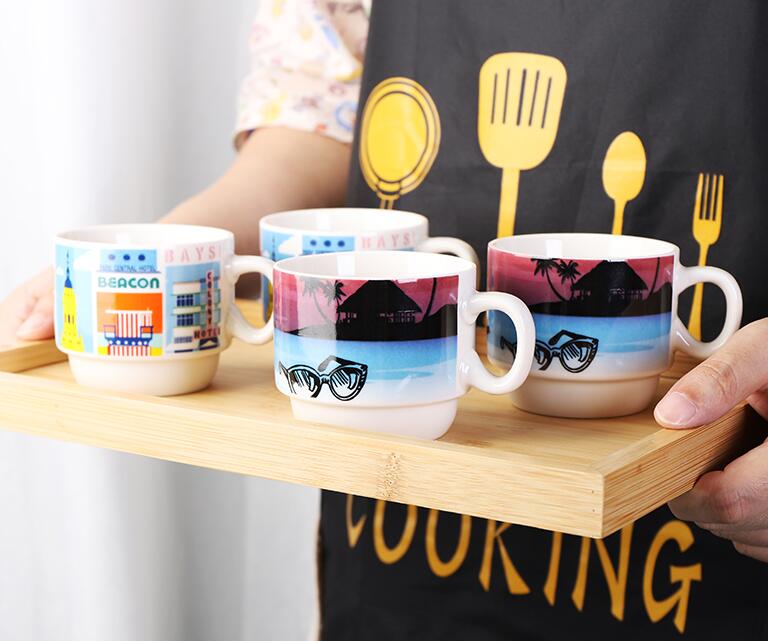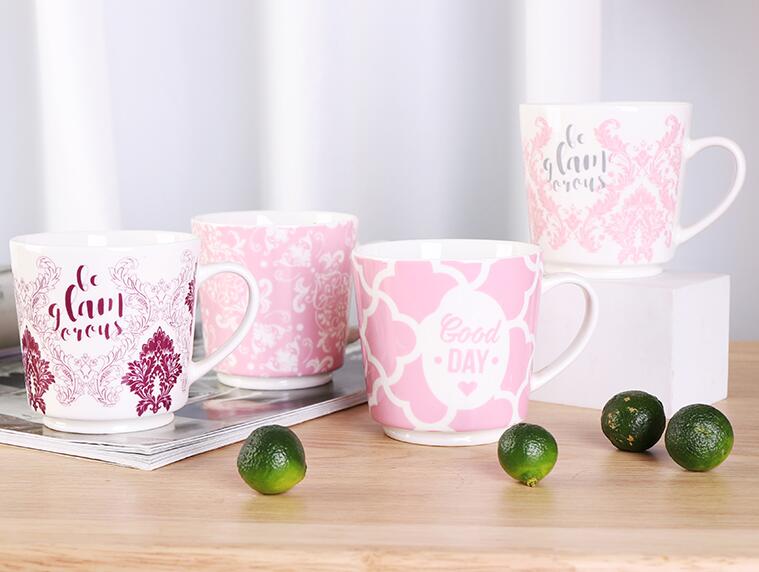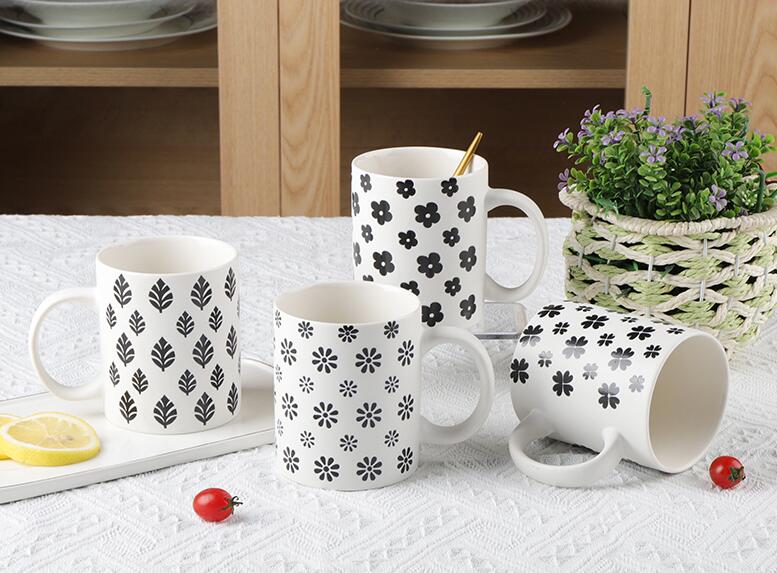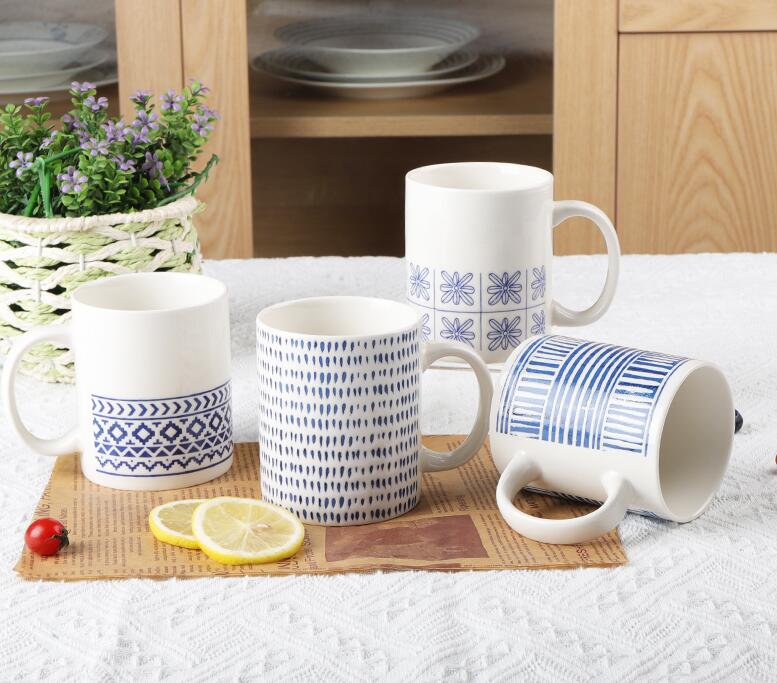Pulished on Jul. 12, 2023
Ceramic cups are versatile vessels that serve multiple purposes in our daily lives. From sipping morning coffee to enjoying a soothing cup of tea, the capacity of a ceramic cup can significantly impact its functionality and suitability for different beverages. In this article, we will explore the various uses of ceramic cups with different capacities and how to choose the right cup for your specific needs.
Ceramic Cups with different capacity:
Espresso cups, typically holding 2-3 ounces of liquid, are specifically designed for serving concentrated shots of espresso. These smaller-sized cups are intended to maintain the ideal temperature of the espresso, allowing for optimal flavor and aroma. Their petite size also enhances the visual presentation of the espresso.

Standard coffee cups, ranging from 8 to 12 ounces in capacity, are commonly used for serving regular drip coffee or single-serve coffee pods. These cups offer a balanced portion size for a typical cup of coffee, allowing room for cream or sugar if desired. They are suitable for everyday use, both at home and in coffee shops.
Latte and cappuccino cups are larger in size, typically holding 12 to 16 ounces of liquid. These cups are designed to accommodate espresso shots, steamed milk, and foam for popular milk-based beverages. The larger capacity allows for more milk and foam, creating a well-balanced and visually appealing drink.

Ceramic factory's Tea cups come in various sizes, but a typical capacity ranges from 6 to 8 ounces. These cups are specifically designed for enjoying a cup of hot tea. The smaller size helps in retaining the tea's temperature and allows for savoring the flavors and aromas. Additionally, tea cups often feature a handle for comfortable grip and a saucer for resting the tea bag or infuser.
Ceramic mugs with capacities ranging from 12 to 20 ounces are versatile vessels suitable for serving a variety of hot and cold beverages. They are commonly used for sipping hot soups, herbal teas, hot chocolate, or even iced beverages. The larger capacity provides ample room for both liquid and any desired additions like cream, sugar, or toppings.

How to Choose the Right Ceramic Cup:
1.Determine the type of beverage you frequently enjoy or plan to serve. If you primarily drink espresso, a smaller espresso cup would be appropriate. For regular coffee or tea consumption, standard-sized cups are suitable. For milk-based drinks or larger portions, opt for latte or cappuccino cups. Soup and beverage mugs are versatile options for various beverages.
2.Consider your personal preference regarding cup size, weight, and style. Some individuals prefer a smaller, more concentrated serving, while others enjoy a larger cup for extended sipping. Additionally, choose a cup that aligns with your aesthetic preferences and complements your existing tableware or kitchen decor.
3Think about the practicality of the cup size in your daily routine. If you're often on the go, a smaller cup might be more portable. If you prefer enjoying long, leisurely tea sessions, a larger tea cup might be more suitable. Assess how the cup's capacity aligns with your lifestyle and habits.

Ceramic cups come in various capacities, each serving a specific purpose and enhancing the enjoyment of different beverages. Whether you're savoring a concentrated shot of espresso, sipping your favorite coffee blend, or indulging in a comforting cup of tea, selecting the right ceramic cup size is essential. Consider the specific uses mentioned above, your personal preferences, and the practicality of the cup size to choose the ideal ceramic cup for your beverage of choice.